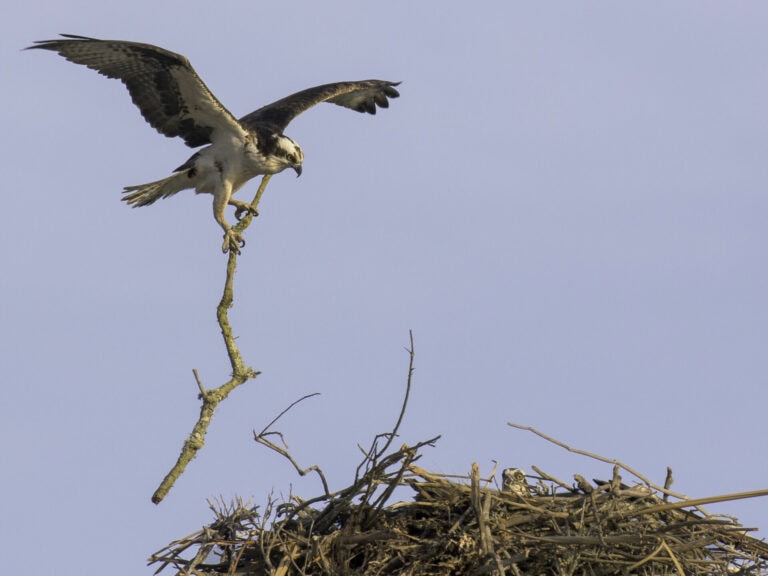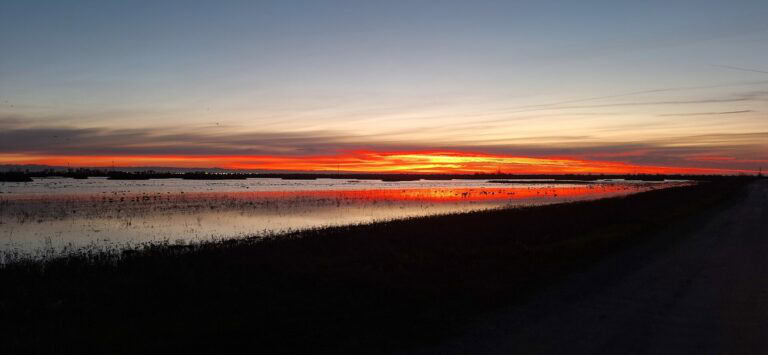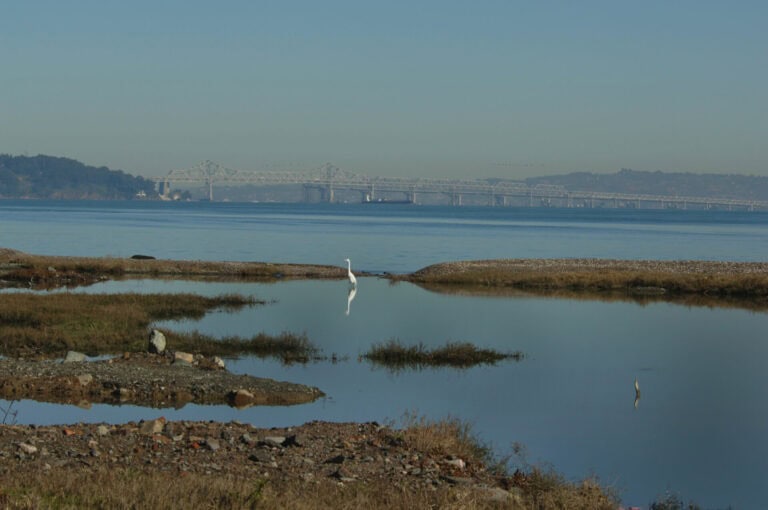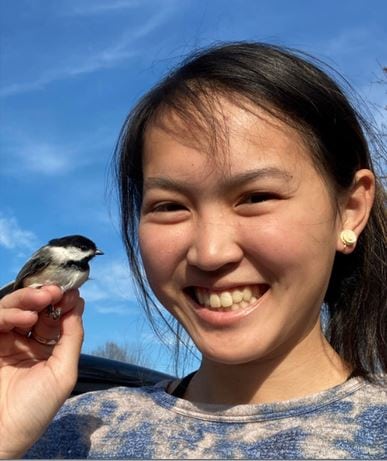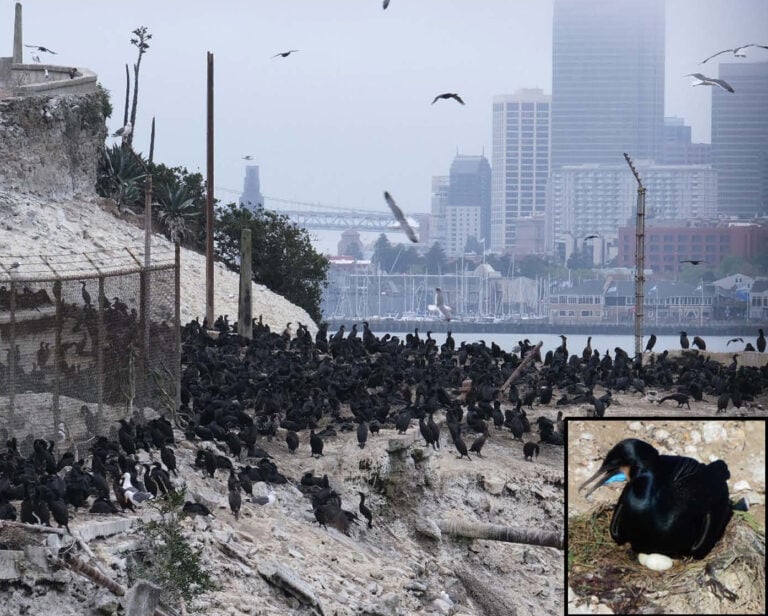Songbirds communicate with one another for many reasons – to find and attract a mate, to defend their territory, or even to band together to ward off a predator. However, levels of human-generated noise, also known as anthropogenic noise, and encroachment into bird habitats continue to rise year after year. Birds are thus faced with the ever-increasing challenge of still communicating with one another amidst these changes. The naturally occurring mixed-species flocks of black-capped chickadees, tufted titmice, and white-breasted nuthatches offer the perfect means to understand how anti-predatory behaviors are affected by noise, and how these behaviors may be explained by the species’ auditory physiology. This walk will answer questions about how these songbirds communicate in rising levels of urban noise, and how their signals have evolved/are evolving to overcome the challenges of anthropogenic noise.
About Our Speaker: Trina Chou is currently a second-year Ph.D. student in the Ecology of Evolutionary Biology Department at the University of Tennessee, Knoxville, studying acoustic communication in treefrogs and other anuran species with Dr. Jessie Tanner. She originally hails from Sunnyvale in the South Bay Area and she graduated from Vassar College in the Spring of 2023 as a Neuroscience and Behavior Major. At Vassar, she worked in Dr. Megan Gall’s lab for three years studying anti-predator behaviors and communication between black-capped chickadees, tufted titmice, and white-breasted nuthatches.
Date: Thursday, February 20, 2025 (6pm)
Location: Online via Zoom
Zoom Link: https://us06web.zoom.us/j/83222428797?pwd=9i6Ppa4ecLWnScO3fTtu1Oa3spyvob.1
Passcode: 944037…

